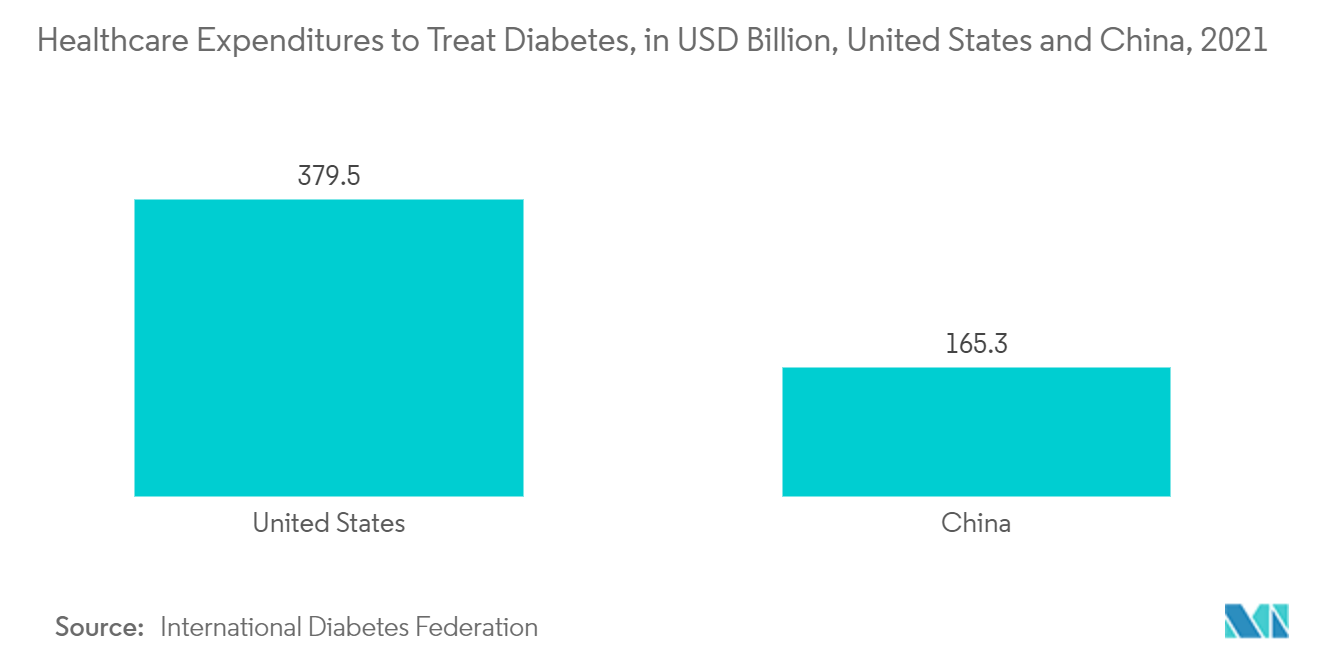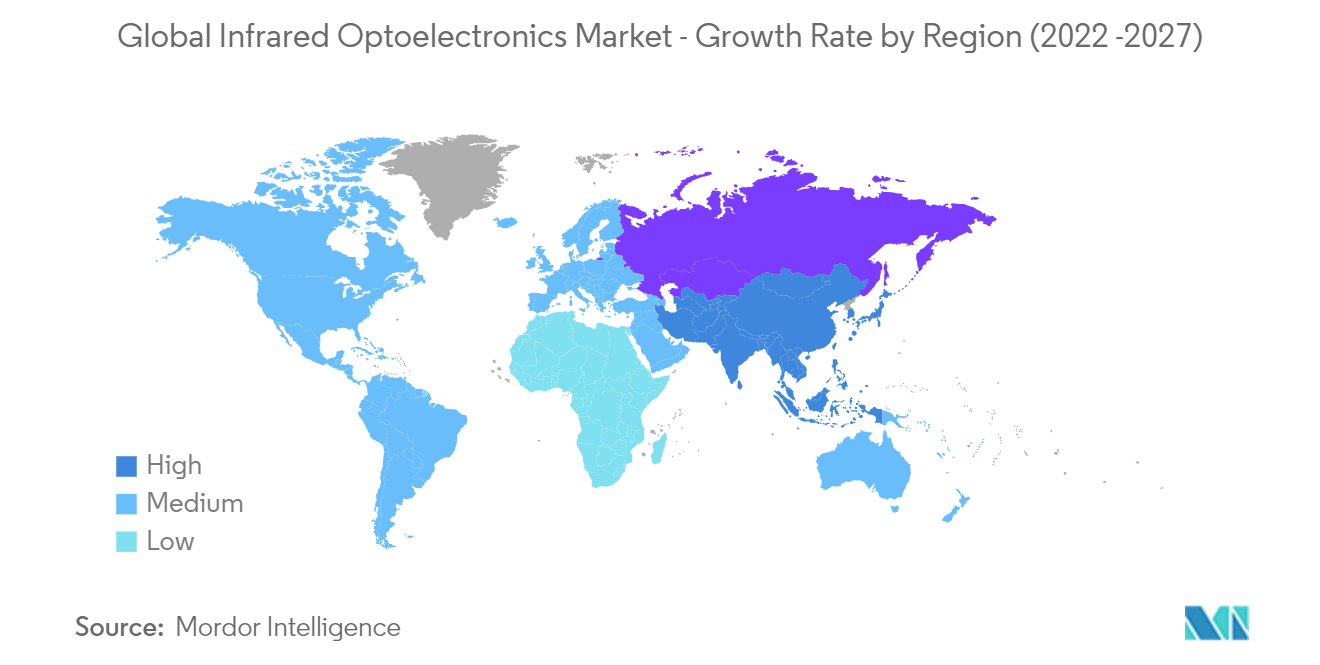Market Trends of Global Infrared Optoelectronics Industry
This section covers the major market trends shaping the Infrared Optoelectronics Market according to our research experts:
IR Components in Healthcare Sector Witnesses Growth
- The applications of IR Components have moved on rapidly in recent years. Major equipment manufacturers are incorporating more infrared optoelectronic technology into their current designs, increasing the variety of possibilities of these devices in patient care. Medical equipment and solutions must give higher performance and dependability at the component level than many other complex systems.
- Tissue analysis and medical imaging are aided by biomedical spectroscopy. The combination of unique wavelengths in the infrared (IR) adds to the diagnostic capabilities of blood, urine, and other body fluids, which is driving the market growth.
- Middle infrared optoelectronic absorption systems have been developed to monitor glucose in a physiological solution. The systems can be used to monitor glucose levels, and these technologies can lead to a helpful diabetic monitoring device, limiting the ubiquitous issues connected with the condition.
- Further, in April 2021, The Mid-Infrared Silicon Photonic Sensors for Healthcare and Environmental Monitoring (MISSION) project, led by Graham Reed combined expertise in photonics, electronics, medical and environmental sensing, and packaging to fully realize the potential of integrated photonics. In current silicon photonics applications, near-infrared wavelengths (1.2 m - 1.6 m) are used. The development of chip-scale sensors in the mid-infrared wavelengths (3-15m), also known as the fingerprint area, will be crucial to this project because it allows sensors to detect unique identifiers in biological and chemical components.

Asia Pacific Expected to Witness Significant Market Share
- Asia-Pacific holds a prominent share of the market due to a significant number of vendors operations in the region. Increasing investments in the development of smart infrastructure and focus in automation technologies will be key in the growth of the market in this region while growing investments in infrastructure development are likely to further support the market.
- The Thailand government launched an EV action plan in 2016 to encourage the production of BEVs and PHEVs to have 1.2 million such vehicles on the road by 2036. As a result, 13 companies have benefited from preferential tax treatment for electric vehicles. Thailand announced an EV roadmap in March 2020 to produce 250,000 EVs by 2025 and establish an ASEAN EV hub, which will drive the market growth.
- Japan holds a significant position in the market as it is home to some of the significant chipset manufacturers and electronics industry. The country focuses on luring companies and engaging in partnerships with other nations to boost its market growth.


